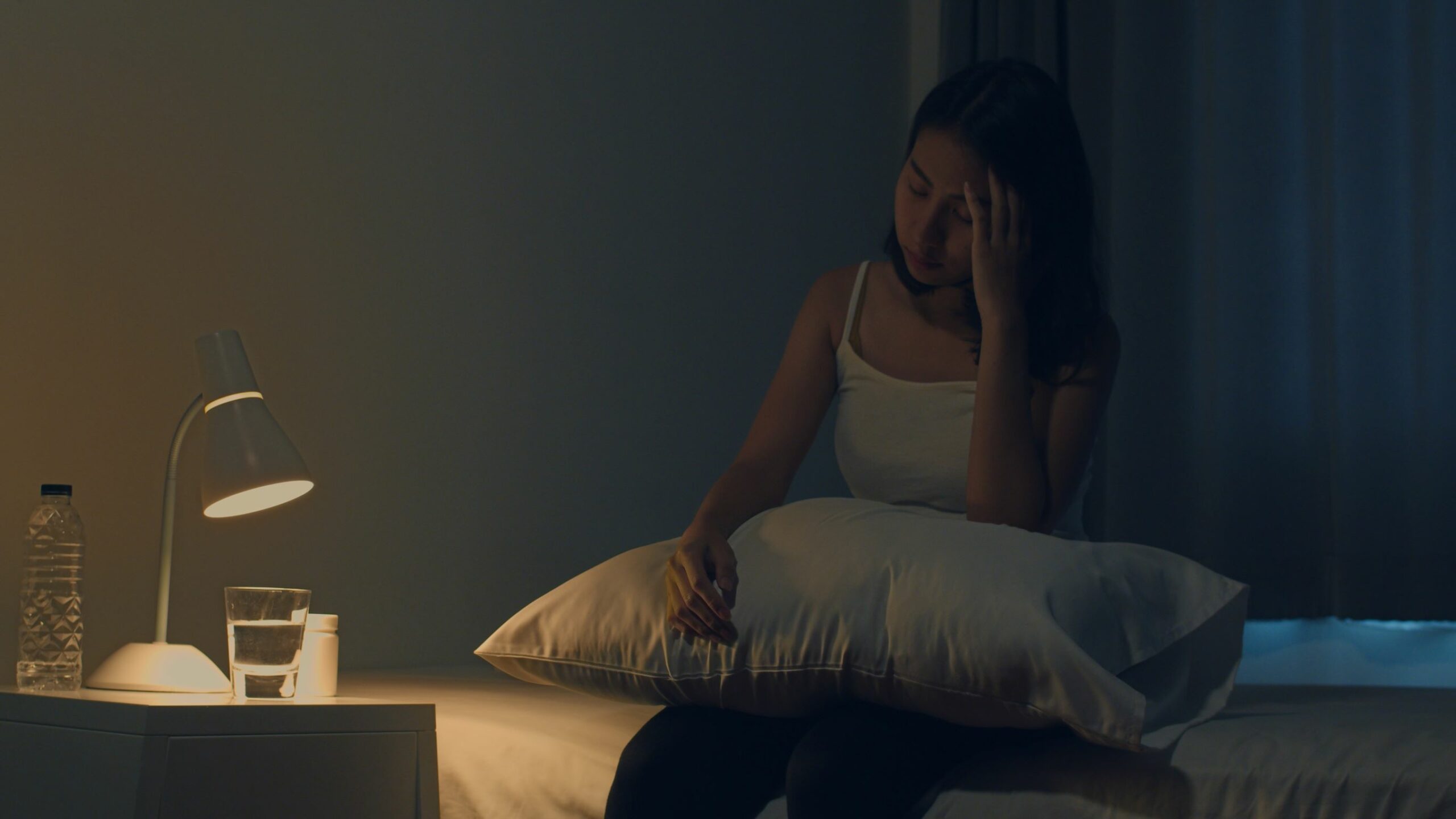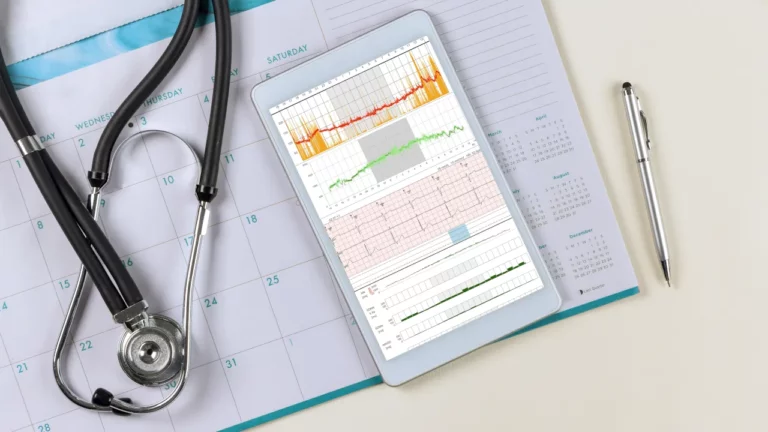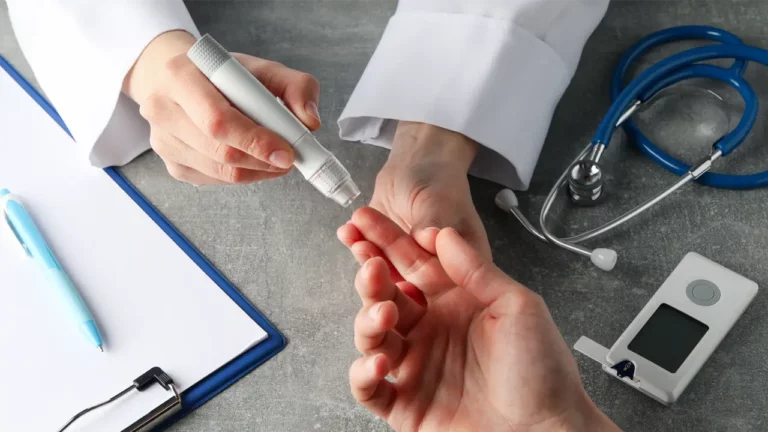When dealing with daily stresses and problems, anxiety is a frequent emotion. Anxiety is a natural response to stress that can be beneficial in certain circumstances. It can warn us of impending threats and assist us in planning and paying attention. Anxiety disorders are marked by excessive fear or anxiety, as opposed to normal emotions of apprehension or anxiety. Anxiety becomes a problem when these emotions are chronic, excessive, and unreasonable and begin to interfere with your capacity to perform. Anxiety disorders are the most common mental illnesses, afflicting about one-third of all adults at some point in their lives.
The symptoms of anxiety include disorientation, agitation, helplessness, negative thoughts, muscle tightness, palpitations, and difficulty breathing. Anxiety disorders include phobias, panic and stress disorders, and obsessive-compulsive disorders, among others. Anxiety disorders, on the other hand, are curable, and there are a variety of effective treatments available. The majority of people who receive treatment are able to live regular, productive lives. So how can remote patient monitoring (RPM) help you with your anxiety?
Remote Patient Monitoring Provides More Accurate Monitoring
Clinical judgments made by clinicians, as well as the monitoring of these diseases, have typically been based on empirical decisions, often based on sparse, subjective information, making clinical decisions and monitoring of these diseases susceptible to errors. However, the digital phenotype, which refers to the analysis of data collected by measuring human behavior with mobile sensors and smart bracelets, is a promising tool for filling this gap in current clinical practice, providing objective evidence in a field of diagnosis that is otherwise subjective, namely through the use of digital biomarkers.
Clinicians can increase diagnostic consistency and quality of care in psychiatric RPM programs by incorporating subjective and objective data, especially in value-based models. Subjective biases would be challenged by objective statistics, which would provide more tangible evidence of the patient’s actual functioning. Providers would be motivated to improve care coordination because they would have a better understanding of the patient’s daily activities and objective data with which to create more individualized therapies. Some people were able to acquire precise and regular measurements of their own health conditions by collecting clinical data at home. Because of this data, patients would be better able to speak up for themselves and take action that is important.
Remote Patient Monitoring Promotes Adherence to Treatment
A remote patient monitoring system can electronically link clinical data from you to a clinical facility. This possible health intervention can assist home or community-based treatment, as well as remote settings, with the benefit of boosting patients’ ability to self-manage as well as improving patient satisfaction and quality of life. Remote patient monitoring systems improve access to specialized mental health care that may otherwise be unavailable in rural areas. The benefit of remote patient monitoring enables you to be taken care of in the comfort of your home. This reduces the need for time off work, daycare, and other services to attend far-flung appointments. Therefore, remote patient monitoring reduces the time it takes for patients to receive care. It also reduces potential mobility hurdles, such as a lack of transportation or the need to drive long distances. Continuity of care and adherence to follow-up visits has been shown to be significantly improved. Remote patient monitoring also assists in the integration of behavioral health and primary care, resulting in improved outcomes which led to a reduction in the need for emergency room visits.
Remote patient monitoring helps reduce the stigma barrier. More patients with mental illness, including anxiety disorders, do not continue or even attempt to obtain treatment. People frequently avoid or postpone obtaining treatment out of fear of being treated unfairly or losing their employment and livelihood. This is due to the perception that stigmatization, prejudice, and discrimination against those with mental illnesses are still prevalent. Remote patient monitoring reduces this discrimination by allowing patients to stay at home for consultations, avoiding the exposure to crowds in clinics for regular consultations.
Remote Patient Monitoring Help Stabilize Emotions
Individuals with anxiety disorders worry even at the thought of getting through the day. People with anxiety disorders are usually aware that their anxiety is more heightened than the situation merits, but they don’t know how to end the worry loop and believe it is beyond their control. Because many people with anxiety strive to plan or control situations, all anxiety disorders may be linked to a difficulty with uncertainty. Many people feel that worrying keeps bad things from happening, so they believe it is dangerous to stop worrying. And this may be avoided with the use of remote patient monitoring. Remote patient monitoring can provide you with a “safety net” and give you more confidence and security in treating your anxiety at home. More frequent monitoring with the use of remote patient monitoring devices boosted patients’ sense of safety in remaining independent at home, particularly for those living alone and older people. Remote patient monitoring improves self-management and shared decision-making for patients with anxiety disorders by increasing disease-specific information and triggering earlier clinical assessment and treatment. Patients learned about their “typical” clinical values and symptoms, as well as clinically significant alterations in their signs and symptoms. Because of this, patients were less afraid of being alone or not paying attention to a critical clinical sign that their condition was getting worse.
In some research, remote monitoring was found to give patients peace of mind and also reduce worry and stress. Remote patient monitoring can give you the impression that someone is watching out for you. You can contact them whenever you want if something goes wrong. Remote monitoring can give you a sense of security and encouragement due to the knowledge that professional help can be easily accessed. Reducing the tension you feel alleviates many concerns and allows for a stronger sense of normalcy. Remote monitoring relieves some of the burden for others because someone else will bear some of the responsibility for you.
Takeaway
Anxiety is a natural element of the human experience. When confronted with an issue at work, taking a test, or making a significant decision, you may experience anxiety. Anxiety disorders, on the other hand, entail more than just apprehension or terror. Anxiety does not go away for someone who suffers from an anxiety disorder, and it can worsen with time. The symptoms might disrupt daily activities. The interest in monitoring anxiety symptoms and capturing behavioral and physiological data has risen as a result of enthusiastic consumer and patient use of mobile devices, the availability of high-speed wireless internet, and the high prevalence of connected mobile devices with operating systems.








